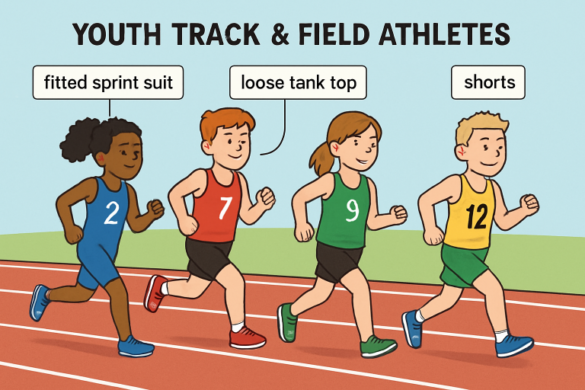-
LifestyleSport
How Pond Hockey Keeps the Pure Joy of the Sport Alive
The Essence of Pond Hockey Pond hockey brings the game back to its roots—sticks, a puck, and a frozen pond. With no boards, referees, or elaborate gear, the focus shifts…
-
Sport
Optimizing Track and Field Performance Through Proper Uniform Selection
Introduction In track and field, every split second and stride counts. The correct uniform choice isn’t just a matter of style; it’s pivotal for performance, comfort, and confidence—especially for youth…
-
Sport
The Money Fight: UFC Betting, Fighter Payouts, and Celebrity Net Worth
Say “UFC” out loud and most people picture chaos in the cage — punches flying, a roar from the crowd, maybe even Joe Rogan losing his voice. But the real…
-
Sport
Why Golf Wedges for Sale Could Improve Your Short Game
Golf is a game that many enthusiasts try to improve. The short game is, in fact, one of the most critical areas that often needs improvement. A close-in shot means…



